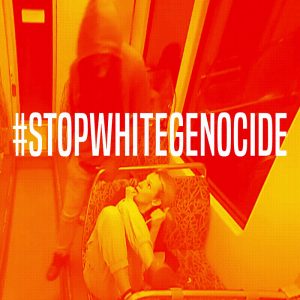This video is available on Rumble, Bitchute, Odysee, Telegram, and X.
Everyone has heard of “Holly,” the Cincinnati woman who was knocked flat by blacks on July 26 after a Jazz festival. She has spoken publicly, including an interview with Laura Ingraham, in which she said she thought the attack was racially motivated, but she says, “I don’t want this to become a black versus white situation.”
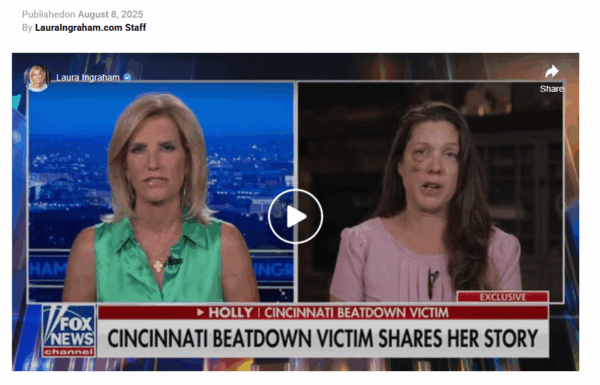
On August 6, at the office of the Fraternal Order of Police, she criticized lax sentencing and said her attacker “should never have been on the streets — ever.”
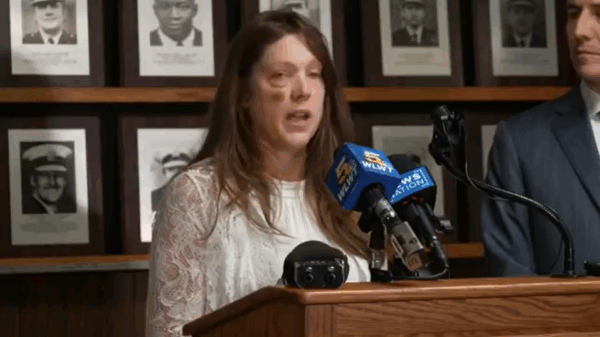
White victims don’t usually get much press, and Revolver hailed this as the “First interview in 60 years where a victim of black on white crime can speak freely…”
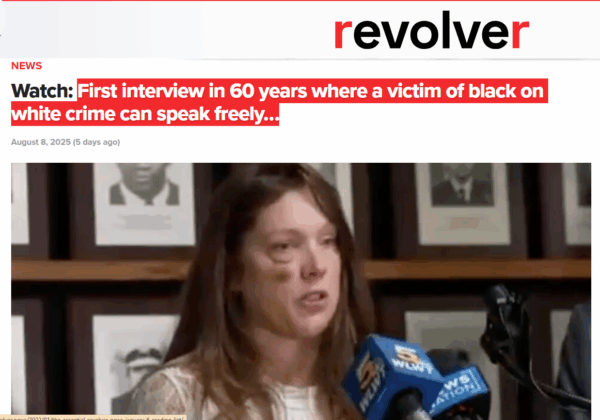
Revolver said that a little-known part of the Justice Department called the Community Relations Service or CRS has been silencing white victims for decades. “If you dared to speak honestly about black-on-white crime, . . . The CRS and their race-hustling buddies would descend like a swarm, pressuring families, judges, police, and the media to stay quiet or spin the narrative to suit their ideological agenda.” The article called this “sixty years of gaslighting, denial, and lies.”

Is this true?
Let’s find out. The Community Relations Service was set up under Title X the Civil Right Act of 1964 to help in “resolving disputes, disagreements, or difficulties relating to discriminatory practices based on race, color, or national origin.”

Everything it did was to be “in confidence and without publicity,” and any employee who spills the beans can be “fined not more than $1,000 or imprisoned not more than one year.”

The idea is that CRS people can be trusted, neutral mediators, only if they can be counted on to be discreet. But this also makes it hard to find out what they do.
CRS is required to file annual reports on its activities, but good luck finding them. I tracked down some old ones on a library conglomerate website called HathiTrust. Here is the cover of a library copy of the 1979 report, with a cute photo of Klansmen.
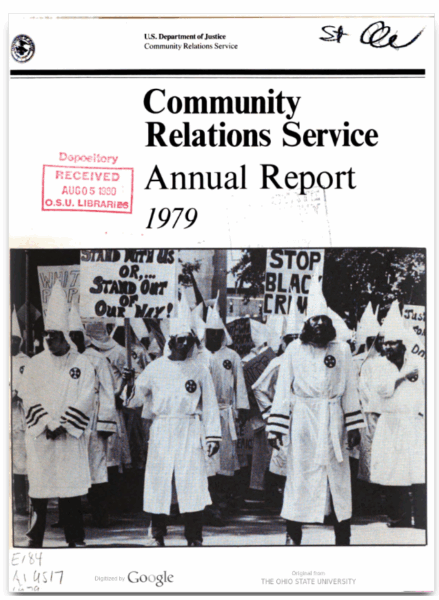
Here’s a cover with non-white demonstrators.
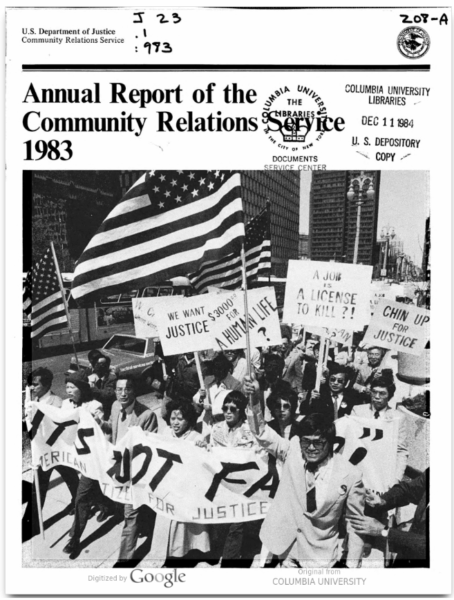
The early reports warned that, “Because of the confidentiality clause . . . names of cities and groups have been withheld.”

So, in 1966, we got reports on “efforts in an eastern city of 60,000 with a nonwhite population of about 23,000. It was beset by problems of police-Negro animosities, great disparities between white and Negro employment, and wide income disparities.”

Later reports do name cities and groups, and they brag endlessly about defusing tensions, getting jobs for non-whites, helping favored non-profits apply for grants, and persuading angry blacks to keep demonstrations peaceful.
A regular feature is tamping down white outrage. The most recent report on the Hathi site is for 2001, and its top item was about the 9/11 attacks.
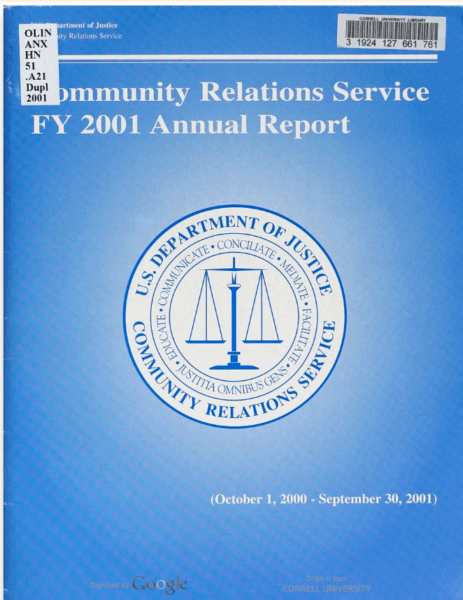
On September 12, the very next day, CRS ordered every regional office “to identify cities with major concentrations . . . of Muslim[s] . . . [in case there were] “racial or ethnic tensions.” It urged public authorities to pledge “vigorous investigation and prosecution of retaliatory hate crimes.”

The first thing on its mind was white backlash.
I wanted to see reports from 2017 and 2020 to find out how CRS “defused tensions” during the Unite the Right rally in Charlottesville and what miracles of peacekeeping it claimed it performed during the 2020 BLM riots.
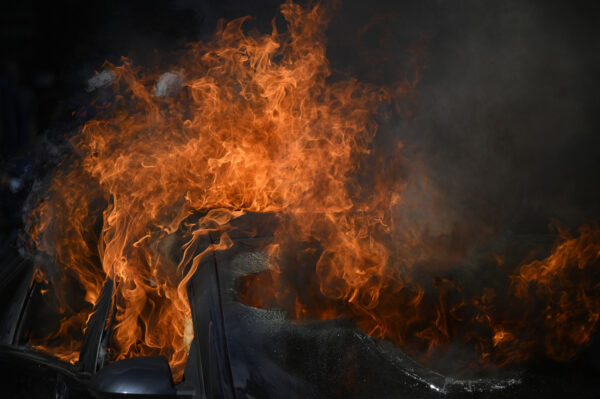
Credit Image: © Bastiaan Slabbers/NurPhoto via ZUMA Press
I found a URL for only one of those reports, but it was a bad link and even the Wayback Machine couldn’t find it.

I wrote to both the DOJ and the CRS asking for copies and, of course, got no reply. These reports are required by Congress, but the public can’t see them.
There is a whole book about the Community Relations Service, and it’s called America’s Peacemakers, written by two former long-time CRS employees.

Mostly, it’s just like the annual reports: preventing violence, fostering trust, delivering justice to minorities, but several passages stood out. First, it mentioned that many of the employees had started out in “civil rights” organizations and brought that mentality to the Justice Department.
Second, the book quotes from a conversation that included Martin Luther King and his protégé, Andrew Young.
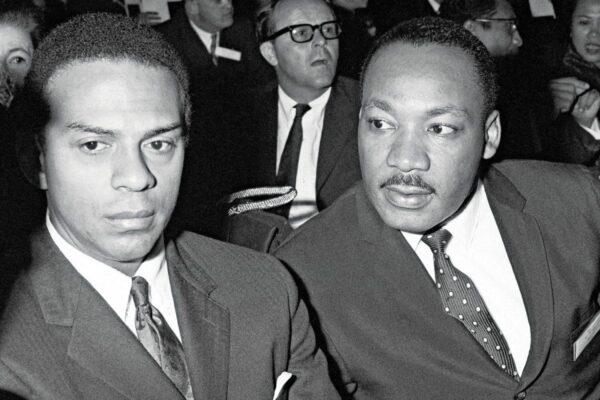
They were talking to Roger Wilkins, here shown with LBJ, who was head of CRS from 1966 to 1969.
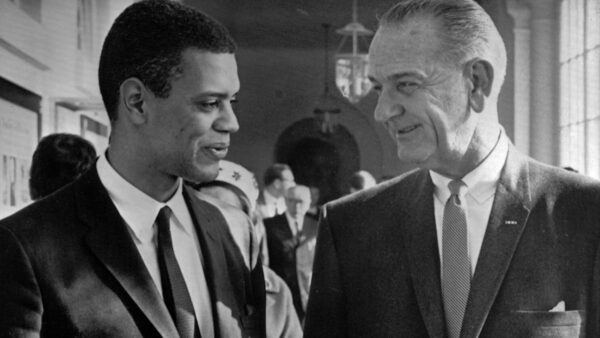
Wilkins says that Young said to him: “We regard your agency as the extension of the civil rights movement into the federal government.” Wilkins recalls, “And that’s what I tried to make it.”
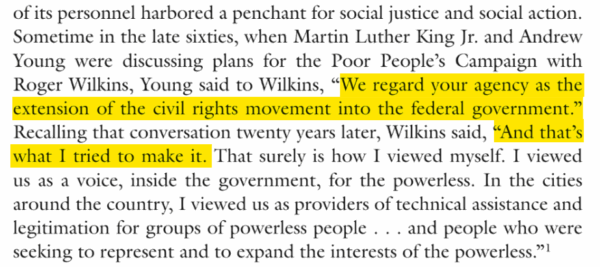
That is directly contrary to the CRS role of being a “neutral mediator.” The book also quotes Wallace Warfield, another CRS director, on how conflict resolution should work.

“Any intervention that diverts or bleeds off pressure does so at the expense of social change and should not be encouraged. The critical measurement of conflict resolution processes is whether they interrupt, increase or direct the pressure.”
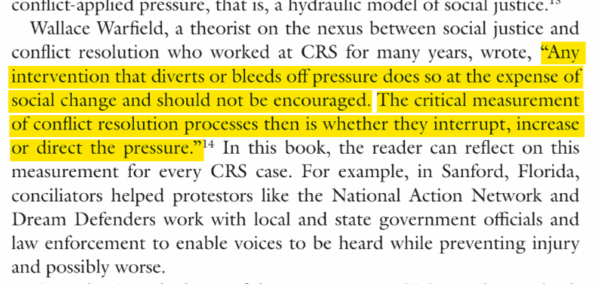
Non-white pressure is always good, so CRS should never try to reduce it.
As for whites, CRS tries to keep them in check. For example, in a chronology of accomplishments, the top item for 2013 was, “After the Boston Marathon bombing by two brothers of Muslim faith, [CRS] provided technical assistance to Muslim and Sikh houses of worship throughout the country to prevent backlash violence.”
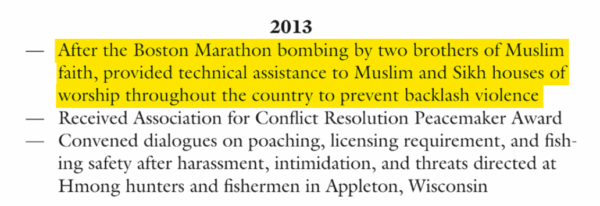
Donald Trump tried to shut down the CRS in his first term and is trying again, but it was set up by Congress, and he may be able only to pare it way back.
It still has a homepage, touting a report on “navigating conflicts” on college campuses. It still has a recruitment video that starts out with non-whites and a quote from MLK. The video repeats the hilarious claim about “neutral” third-party mediation.” We soon find out that the narrator, Melody Caprio, is certainly not white.
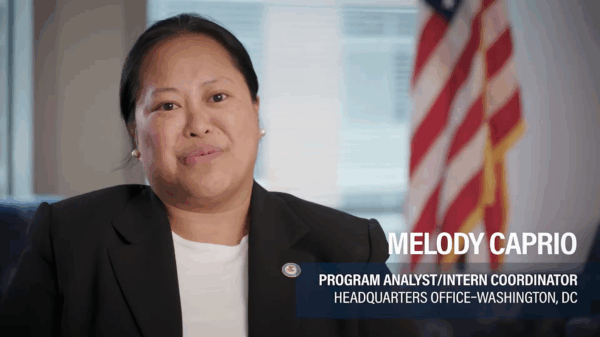
In fact, it turns out that although there are fleeting glimpses of whites, every single talking head in the video is a BIPOC.
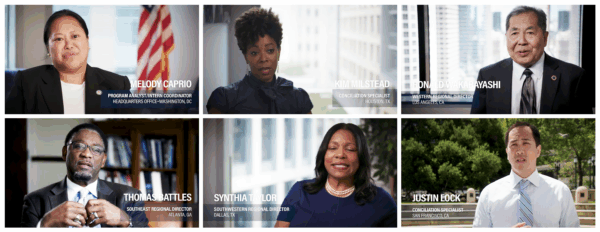
Not even a token white woman or homosexual. Here is the video’s conclusion, complete with Selma, lynching, Lorraine Motel, and ‘hate’s continuing toll.”
For the last 10 years, the staff of CRS is estimated to have varied from a low of 29 to a high of 60, with a budget of between $10 to $25 million.
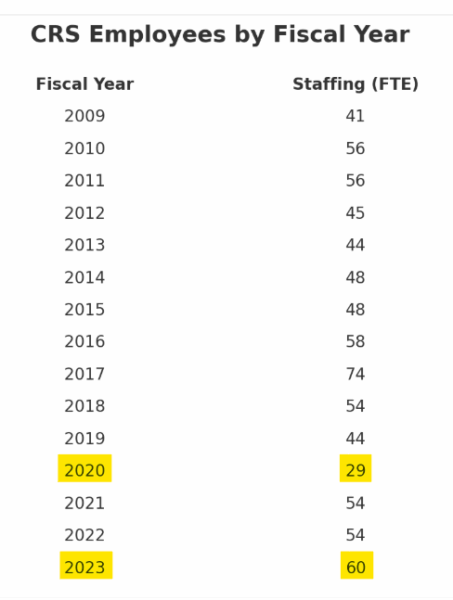
It has 10 regional offices and four field offices, and the usual people are desperate to keep them all open.
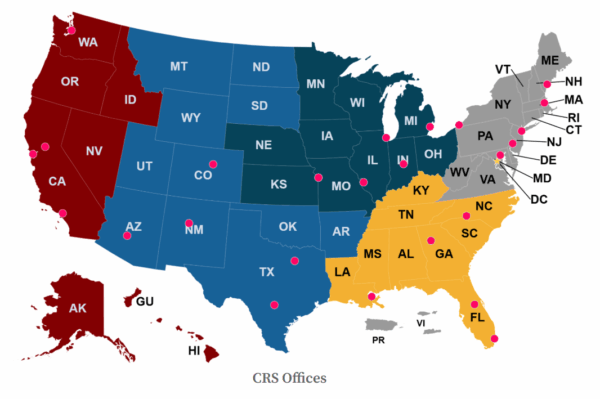
The NAACP knows very well that the CRS is like having its own people masquerading as neutral arbitrators, and it’s calling for maintenance of the Community Relations Service. As NAACP boss Derrick Johnson idiotically explains, Mr. Trump is “making America Jim Crow Again.”
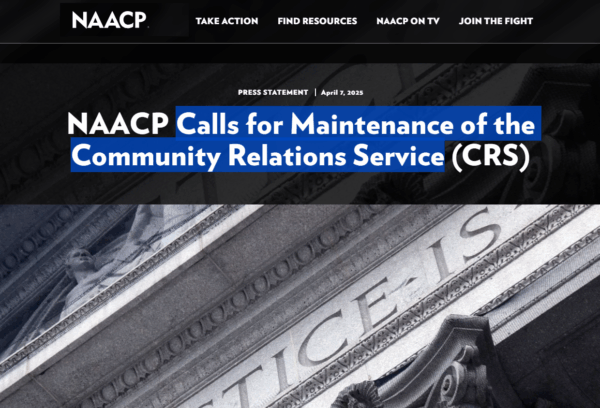

It’s true that, as we saw in the CRS recruitment video, there is a sort of Jim-Crow segregationist aroma about the place. Of the 10 directors, only one has been white: the first one, Leroy Collins, nominated by LBJ. Since then, there have been five blacks, two Hispanics, and two Asians.
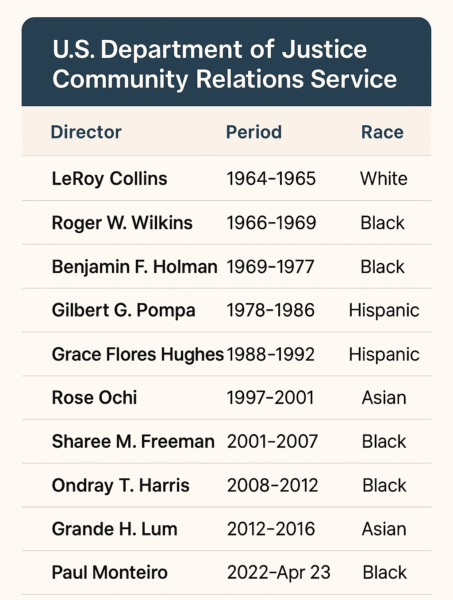
Since 2023, the director’s job has been vacant. Maybe you should apply.
Did CRS ever pounce on white victims of black crime to make sure they don’t say anything awkward? It’s the sort of thing it might very well do, but I can’t find a single source that says so. Nor can I find a white victim who says CRS people pressured him. The Revolver story I quoted at the beginning is unsigned.
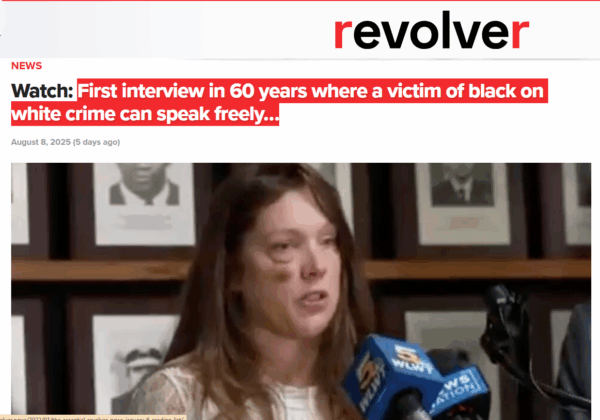
I wrote to Revolver to ask for sources, but I got no answer.
The sad truth is that there are so many whipped and neutered white people that no one has to tell them what to say. We’ve seen it over and over.
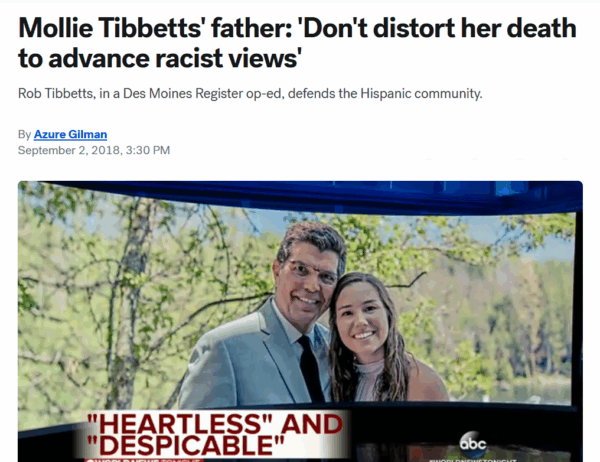
What about CRS itself? In a sane country, it might make sense to have people who really were neutral, to go to hot spots, and find out what actually happened before rabble-rousers and race-baiters start spouting inflammatory nonsense. Since we don’t have a sane country, Donald Trump should cut the service to a single employee, the director, and tell him to work from home.
The post Does DOJ Keep Victims Quiet About Black Crime? appeared first on American Renaissance.
American Renaissance




 T1
T1



